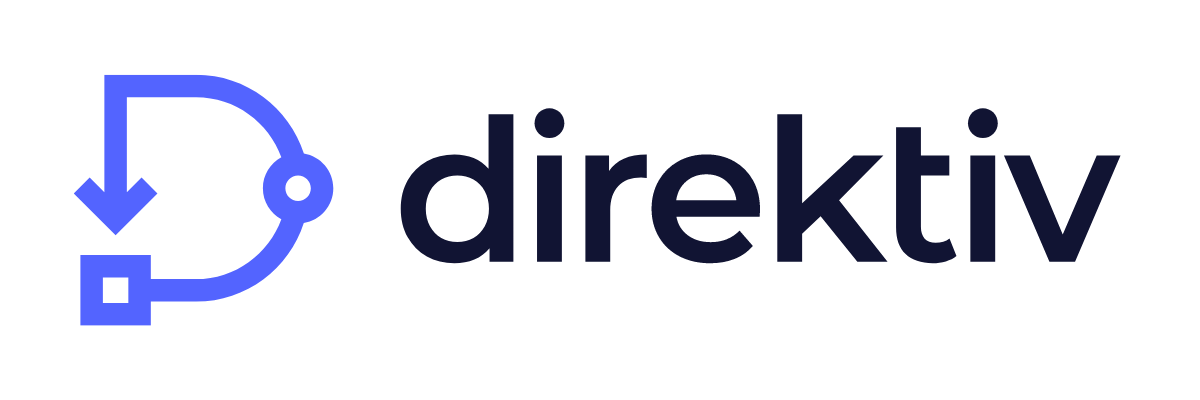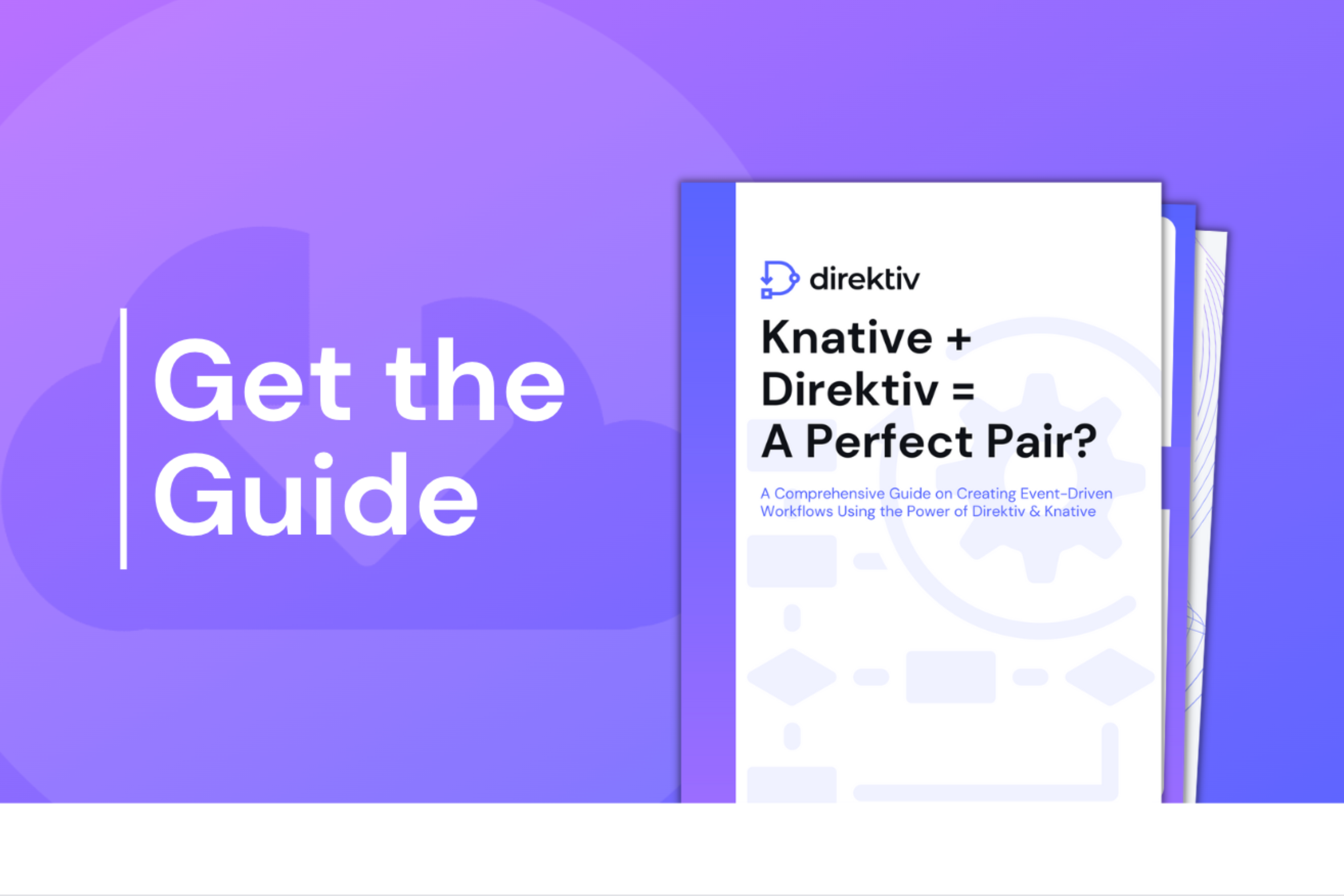Is Outdated Tech Slowing You Down? Modernize Legacy Systems With Event-Driven Workflows

Alright, let’s talk about the elephant in the room at many DevOps organizations… legacy systems. 😱 The truth is legacy systems are great! If we were living in 2003. But alas, we’re almost 23 years into the 21st century—it’s time to modernize legacy systems if you want to win in today’s competitive market.
The problem with legacy systems is they can inhibit productivity, innovation, and overall success of the development team. Not to mention, maintaining legacy systems is expensive. It’s estimated that 60-80% of organizations’ IT budget goes to maintaining existing on-site hardware and legacy applications. What’s worse? Approximately 70% of apps used by Fortune 5000 organizations were created over 20 years ago. 🤯
(Source: Giphy)
The truth is systems from 10 or even 5 years ago cannot compete with today’s technology advancements. However, a modernized tech stack can drive efficiencies, propelling your organization into success. And no, modernizing your tech stack doesn’t necessarily mean you need to replace all of your current systems overnight. With the right technology, you can bring your legacy systems into a modern workflow engine that leverages events. 😎
An Event-Driven Workflow Engine is the Key to Accelerating the Modernization of Your Applications
Legacy systems are monolithic, meaning they are self-contained and independent from other applications. A large part of tech stack modernization—and digital transformation—is taking big monoliths and moving them into the cloud and to microservices. In contrast to monolithic architecture, microservices are loosely coupled and enable changes to be made throughout a network without impacting associated systems.
Historically, with legacy solutions, developers needed to build layers on top of monolithic applications to manage them. An event-driven workflow engine takes monolithic code and splits it into smaller microservices or “blocks”, removing all the layers. Now, instead of spending hours per week on managing these legacy systems, you can just focus on splitting the code into smaller “blocks” and the event-driven workflow engine (like Direktiv) will handle all the data transitioning, workflows, data manipulation, and integrity.
(Source: Giphy)
This is especially useful when you’re looking for solutions to modernize legacy systems. The right tech will integrate your “islands of DevOps”—in other words, your siloed applications—and container registries into a single orchestration platform. With enhanced integration, reduced risk, minimized cost, and time-savings, there’s no wonder the microservices architecture market will reach 21.67 billion USD with a CAGR of 18.6% by 2030.
Key Insights: Explore the 4 use cases of an event-driven serverless workflow engine.
How Direktiv’s Event-Driven Workflows Modernize Legacy Systems
Direktiv is a serverless event-driven serverless workflow engine that turns microservices into business logic to modernize legacy systems. Below, we detail just how Direktiv’s real-time event-based workflows help to revamp and connect siloed legacy applications and systems. 👇
Event-Driven Architecture Orchestrates Siloed Systems
Event-driven architecture allows disparate systems to interact with different data via loosely coupled microservices. Leveraging the power and standardization of CloudEvents, Direktiv drives the business logic workflows based on conditions and events from multiple sources. In real-time, Direktiv can react and respond to situations in any given environment. The main benefit? Providing highly responsive reactions to applications enables engineers to access data in real-time to fuel fast and effective decision-making. 🚀
Serverless Architecture Generates Time Savings
Serverless architecture offers enhanced flexibility and control, giving developers the freedom to move workloads wherever they run best. By using workflows to automate and streamline non-value add activities, including administrative or menial tasks like server maintenance and password rotation, developers can increase productivity and time savings. With Direktiv, you can use what you need, when you need it without managing the infrastructure, the networking or the resources needed to run and maintain the Direktiv platform.
(Source: Giphy)
Shifting to Cloud Native Increases Agility and Scalability
A huge factor in modernizing legacy systems is the migration to the cloud. Shifting to the cloud provides DevOps organizations with improved scalability, agility, and lowered costs. Being cloud native is so beneficial that even Gartner predicts that by 2025, over 95% of new digital workloads will be deployed on cloud native platforms. 🧑💻 With Direktiv, you can harness the standardization of cloud native platforms by decoupling the microservices, the containers or plugins from your workflows.
Key Insights: Are you prepared to shift to cloud native? Get the readiness checklist.
Final Thoughts
In our ever-expanding digitized world, it’s not a luxury to keep up with the latest trends and technologies, it’s imperative. If your legacy systems are causing you to fall behind the competition or creating friction amongst your team, it’s time to make some changes.
Modernize your legacy systems with Direktiv and leverage your current code, containers, and in-house developed scripts without technical debt. Get in touch with us to kickoff 2023 more agile and productive than ever before.

.png)

